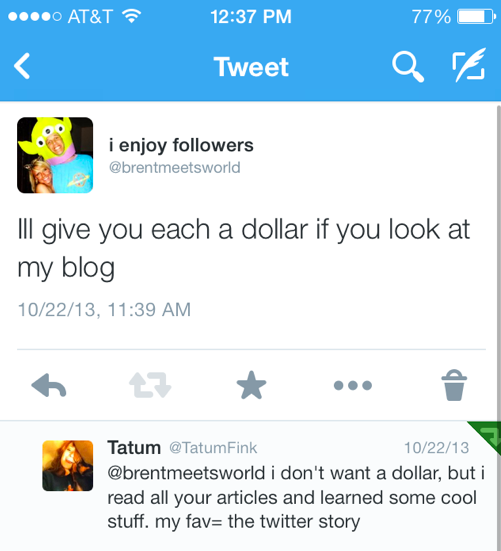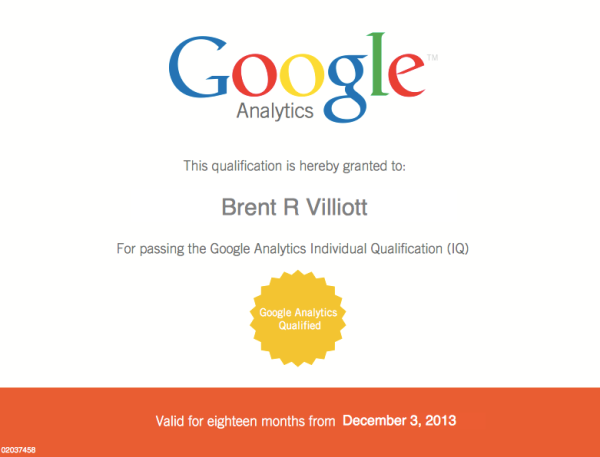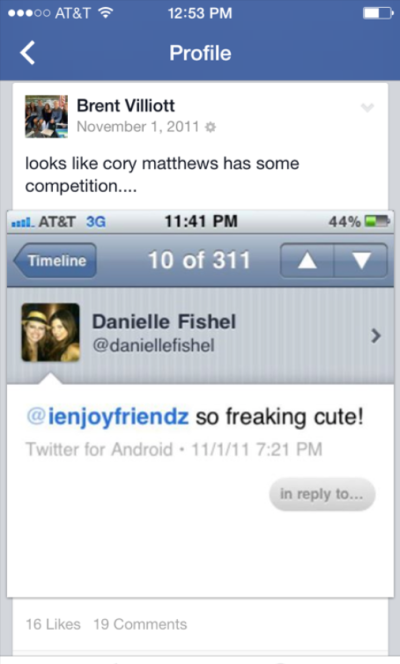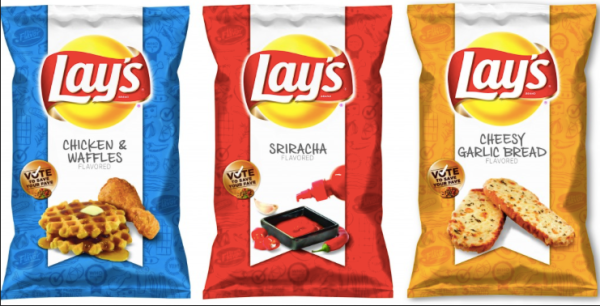What better way to end my first quarter of blogging than with this 1999 instant classic by Semisonic. ( To receive the full effect I suggest listening to the song while reading my final blog)
So the time has finally come for me to publish my last blog post of 2013. Although some of my readers ( immediate family) may be a little bummed that my blog writing is coming to an end, I believe a large majority of my “readers” will be thrilled that this quarter is coming to an end. I will no longer clutter up peoples twitter feeds with links to my blog and tweets begging my friends to read my posts.
Going into this quarter I wasn’t really sure what to expect. Prior to this class I always assumed that blogs were created so that middle-aged women could have a place to share their most recent cookie recipe, or share their stories about their family vacation to Arizona. I very quickly realized that wasn’t exactly the case, blogging ending up being much harder than I initially anticipated. Trying to balance information from the readings and showing my ‘personality’ was a difficult task to try and master. There were some weeks that I tried stuffing too much information into the posts, they ended up being so boring that I actually put myself to sleep. But then there were other posts that I tried incorporating my personality and my interests too much, that I missed the prompt all together and ended up blogging about my favorite television show and not digital marketing.
Along the way there are a variety of different things I have learned, so much that I couldn’t possibly go through and list them all so I just list a few of my favorites:
Starting with the most exciting
1. I became Google Analytic Certified. Although I didn’t pass with flying colors, an 87% had never looked so good! After spending countless hours watching the worlds most boring videos, and studying for hours (the night before) it would have been a real bummer if I hand’t passed.
2. Not only did I pass the GAIQ test, I always became HootSuite Certified. This certification will continue to allow me to utilize social media in a more efficient manner.
3. I learned about a variety of different concepts such as Growth Hacking, Co-Creation, and Database Marketing. These concepts gave me a better understanding of how digital marketing is used in everyday life.
4. I learned that I need to suck it up and contribute more in class discussions.
5. I learned that even if my friends on Facebook tend to annoy me on a regular basis, they can still be quite beneficial in times of need. For instance, when I posted my blog to Facebook on the day before I submit my word-press statistics and they surprise me with 164 views in one day!
After publishing this final post it will be my 18th official post! And within those 18 posts I wrote 9600 words.
In conclusion, I truly believe that I learned more valuable information within this quarter than I did within my first full year of college. Each and every lesson taught us a new valuable subject or tool that we can continue to use for the rest of my marketing careers. So thank you DigiMark for all your encouragement and the opportunities you provided for us to learn from people in the real world and within the classroom.
I would like to thank every person that read, clicked on, or even thought about clicking on my blog this quarter.
And as I say my final goodbye, I want to leave you with the wise words of semisonic:
Closing time, One last call for alcohol so finish your whiskey or beer
Closing time, You don’t have to go home but you can’t stay here
P.S.
I would like to give a special shout out to my good friend Kellie Hansen for being my editor in chief this quarter and correcting me when I misspell words and use the wrong tenses.





















